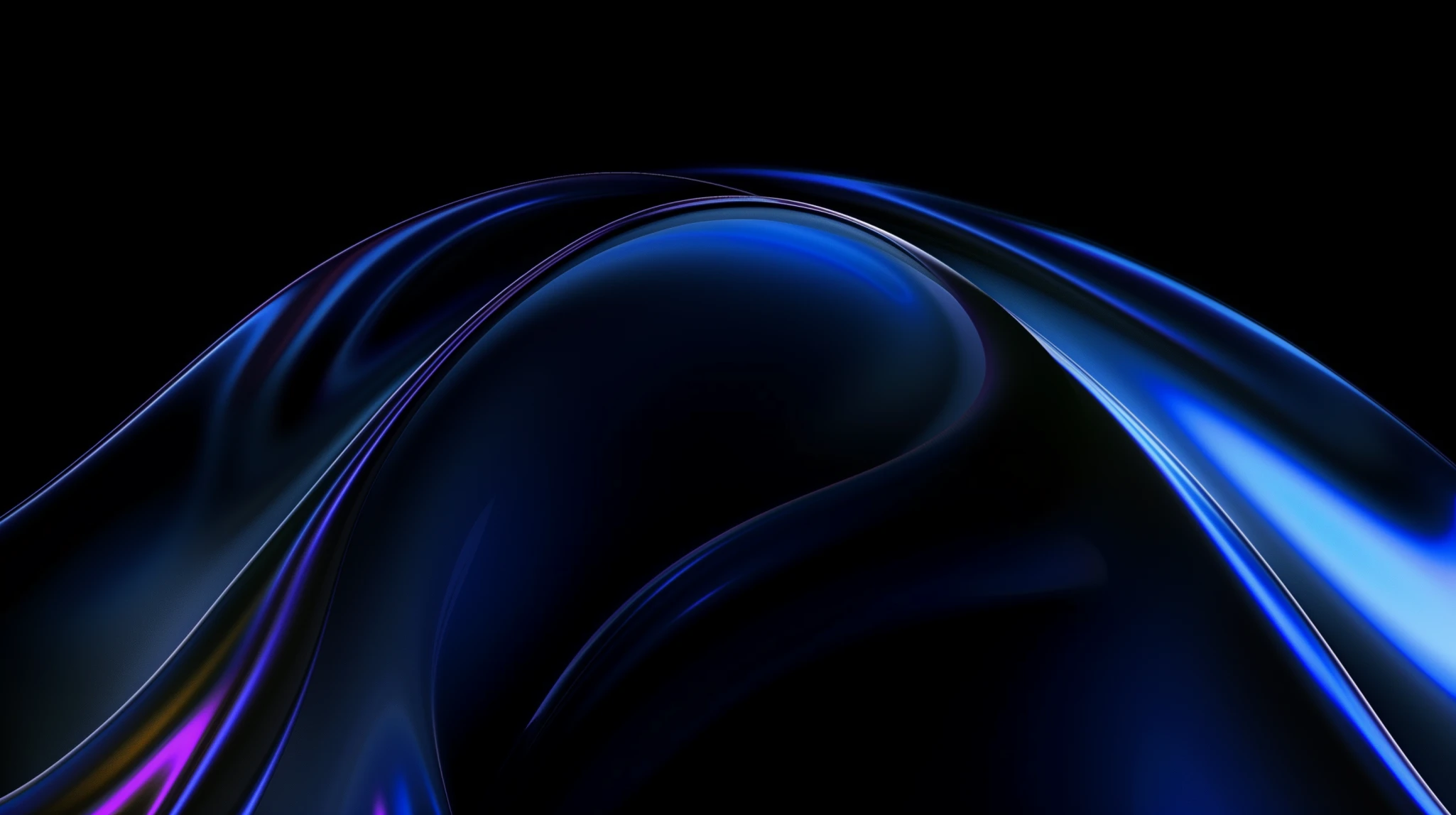
Aug 27, 2024
Mohamed Ali Memmi
Getting Started with IoT Manager: Optimizing Your Sensor Data for Enhanced Operations
The IoT Manager feature is available as part of the Enterprise Custom License. To fully leverage the capabilities of the IoT features, please Contact Us Here for more information.
Introduction
The IoT Manager is a powerful tool that allows you to monitor, manage, and visualize data from your connected IoT devices and sensors in real-time. With its advanced features, you can fine-tune sensors for application-specific purposes, ensuring accurate measurements of motion, temperature, humidity, pressure, proximity, and more. This guide will walk you through the essential steps to set up and make the most out of your IoT Manager.

1. Sensor Tuning and Data Capture
Sensor Tuning:
The first step in utilizing IoT Manager is sensor tuning. This allows your sensors to be precisely adapted to your specific application needs, ensuring they provide accurate data on various metrics such as motion, temperature, humidity, pressure, proximity, acceleration, angular rate, and air quality.
Data Capture and Transmission:
Once the sensors are tuned, they start capturing the relevant data, which is then sent to the Moicon cloud server. From there, the data is forwarded to the Moicon App, giving you immediate access to all the equipment and operations you are tracking. This continuous monitoring capability is key to optimizing your processes over time.
2. Visualizing Data with IoT Manager
Connecting IoT Devices:
By connecting your IoT devices or sensors to a Room in IoT Manager, you can begin to see real-time data flowing from the endpoints. The data can be shaped and visualized using particles and colors, allowing for a more intuitive understanding of the information.
Toggling Visibility:
To view your data, navigate to the IoT Manager and toggle the switch to ON. This will enable the data flow into the system for visualization and analysis.

3. Managing Rooms and Volumes
Creating and Managing Rooms:
IoT Rooms are designed to enhance the visualization and analysis of your sensor data in a 3D space. Start by creating a Room to house your data set. You can also add additional Volumes if needed. These Rooms allow for a more controlled and convenient management of your IoT data.


Using the Active Switch:
Each Room within your IoT visualization system can be activated or deactivated using the ‘Active’ switch. When a Room is deactivated, its data will not be displayed, which is useful if you want to focus on specific Rooms or exclude certain data from your current view.
Name Visible Switch:
This switch controls whether the names of Rooms are visible in the 3D space. Turning it on helps you easily identify and differentiate Rooms within the visualization. Turning it off provides a cleaner, less cluttered view.
Section-Level Switch:
To streamline the management of multiple Rooms, the section-level switch allows you to quickly enable or disable all Rooms within a specific section of the visualization. This feature is particularly useful for managing large data sets or focusing on specific sections of your IoT environment.

Double-Click Navigation:
Double-clicking on a Room in either the 3D viewport or the tree view will trigger a fit-to-view action. This centers the camera on the selected Room, adjusting the zoom level for a closer examination or analysis.
4. Adding Custom Properties
Custom IoT Properties:
IoT Manager allows you to add custom properties to your Rooms, enabling you to create specific IoT fields and assign data accordingly. Input key details such as Data Hub, Data Source, Data Type, Data Binding, and Sensor ID to connect sensor data with the designated Room.
Positioning and Sizing:
You can also adjust the Position, Rotation, and Size of the data particles to ensure they are correctly placed within the 3D space. Additionally, specifying the density of particles can help you visualize the data more clearly.

5. Monitoring Data with Graph Charts
Continuous Monitoring:
Once your IoT devices are connected and Rooms are configured, return to the IoT Manager to monitor real-world data on a daily basis. The IoT Manager’s graph charts provide a visual representation of this data, allowing you to track trends, identify anomalies, and make informed decisions to optimize your operations.
IoT Manager is an essential tool for anyone looking to harness the power of IoT data. By tuning sensors, visualizing data in 3D spaces, and managing Rooms with precision, you can significantly enhance the efficiency and effectiveness of your operations. Start using IoT Manager today to take full control of your IoT environment and drive better outcomes.
This article covers all the critical steps and features of the IoT Manager, providing a comprehensive guide for users to follow. Let me know if you need any adjustments!

















